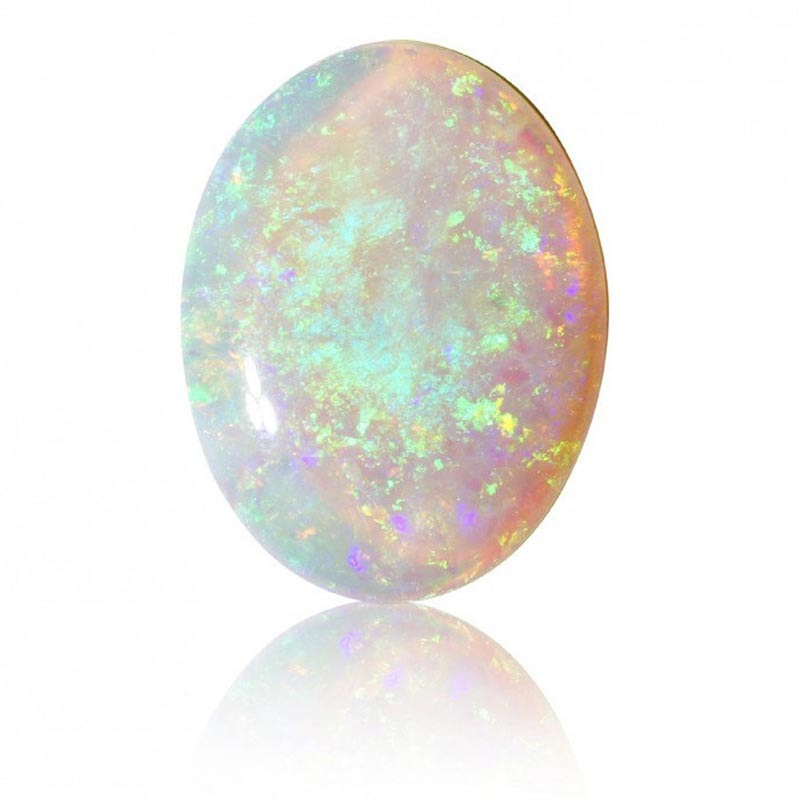

Precious opals will appear iridescent over whichever primary body tone they have. Beyond that, there are a few other ways to identify a gemstone in the opal family.Ĭolor: All colors, with black being the rarest. Opaque greys, greens, and white are some of the most common body tones of precious opal that exhibit play-of-color. The black color is actually a body tone, acting as a backdrop for the rainbow iridescence to dance and dazzle the eyes. Of all the different types of precious opals, black opal is the rarest form. It’s this remarkable feature that elevates opals into a class all their own. What you end up seeing is a vibrant mixture of colors and shapes that change as you move the stone! It’s easier to understand the concept as an optical illusion: light enters the stone from one side, interacts with the internal structure, minerals, and shapes, and then leaves the stone in a flash of spectral colors. The term play-of-color refers to the fire-like rainbow appearance of precious opals, which diffract light in different ways based on the internal structure of the stone and the angles you view it from.

Since we’re on the subject, let’s look more into the fascinating fire seen in precious opals. Common opals, however, do not display this feature, and that’s the primary distinction between the two opal classes. Precious opals display the striking optical effect like a rainbow called play-of-color, which we mentioned above. There are two types of opal, determined by whatever color they take on during formation: precious and common.

Some opals are speckled with different colors and hues, others are translucent, and many are found in light shades of pink or blue with an iridescent shine. Miners discover these deposits and cut away the host rock to procure rough opal stones which are then faceted (cut) into gemstones! What’s left behind is a silica deposit that builds up over time - we’re talking millions of years - and eventually forms large opal boulders and concretions. The silica deposits that opal form in produce when rain and silicon dioxide seep into the ground the mixture picks up evaporated silica from the sandstone along the way and it all settles into crevices that eventually dry up. Opal’s composition is a hydrated (wet) amorphous silica mineral with a Mohs hardness scale ranking between 5.0 to 6.5. Opal is a gemstone that forms in a variety of different colors, shapes, and sizes. In this article, we’re going to share all of the pertinent details of opal stones, from their various meanings to holistic properties to gem characteristics and value.

However, opals are the softest gem-quality stone in the market, requiring extra care to protect and preserve their luminous fire and sheen long-term. As a result, opals are one of the most aesthetically pleasing and desirable stones for jewelry and contain a rich history of folklore and holistic use. For example, spots of red were assumed to be ruby, green looked like emerald, and thus, each opal was rumored to be a cluster of different stones in one. Why? Because of the radiating patterns and color combinations. For centuries, people believed opals contained other stones inside of a single gem. Opals are one of the most unique gemstones in the world, known for their unique iridescent, fire-like appearance.


 0 kommentar(er)
0 kommentar(er)
